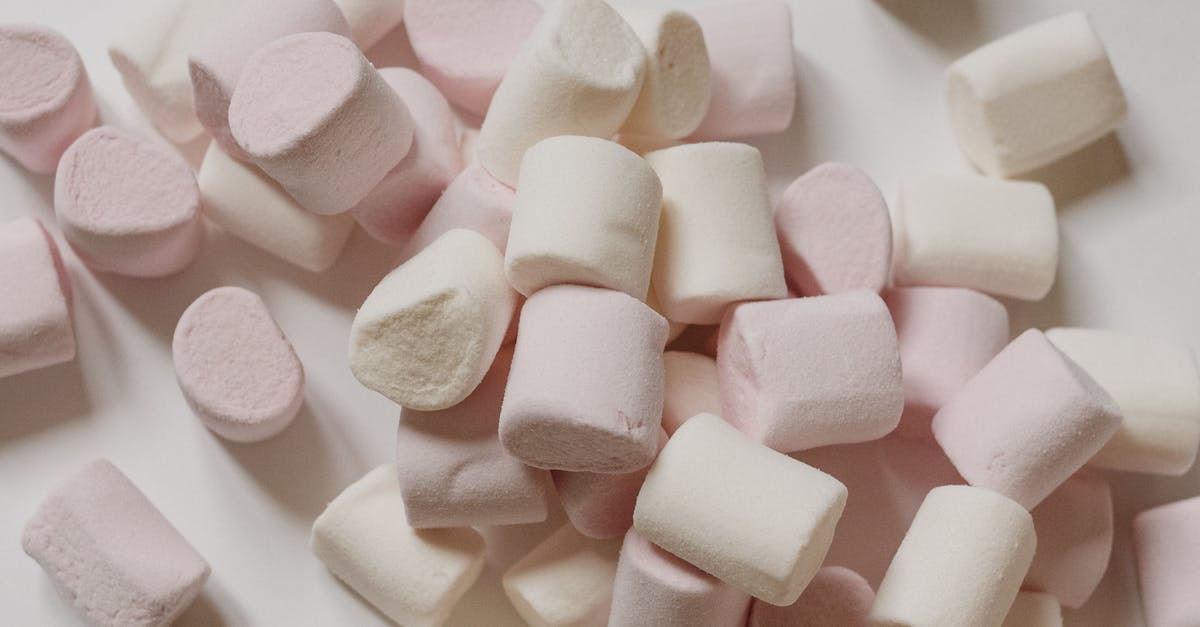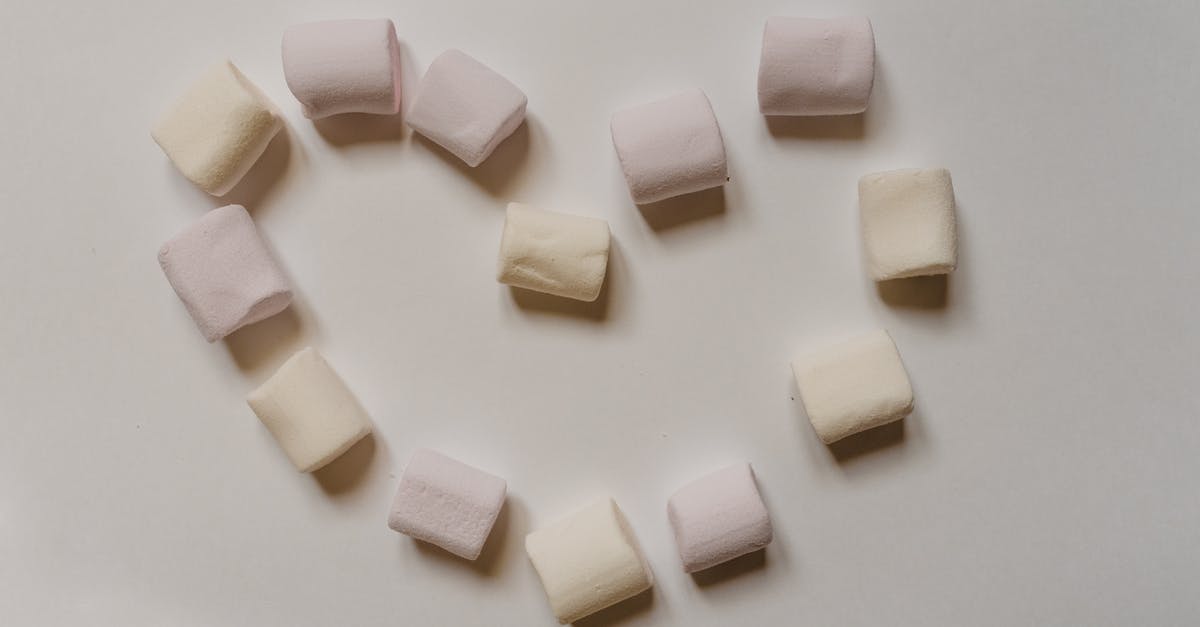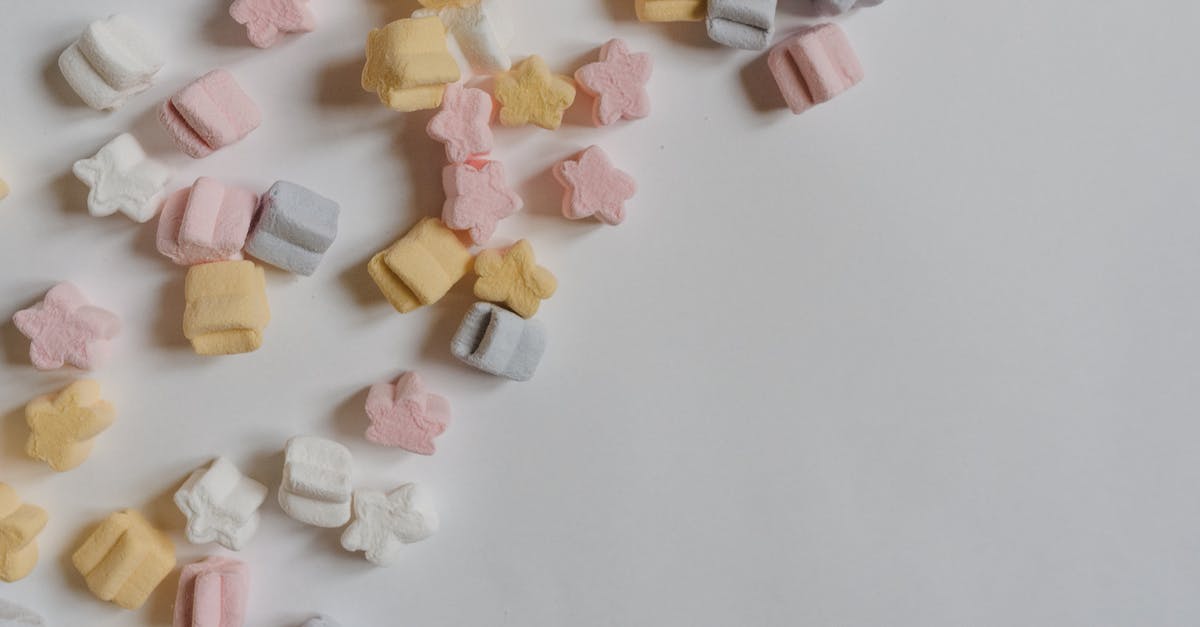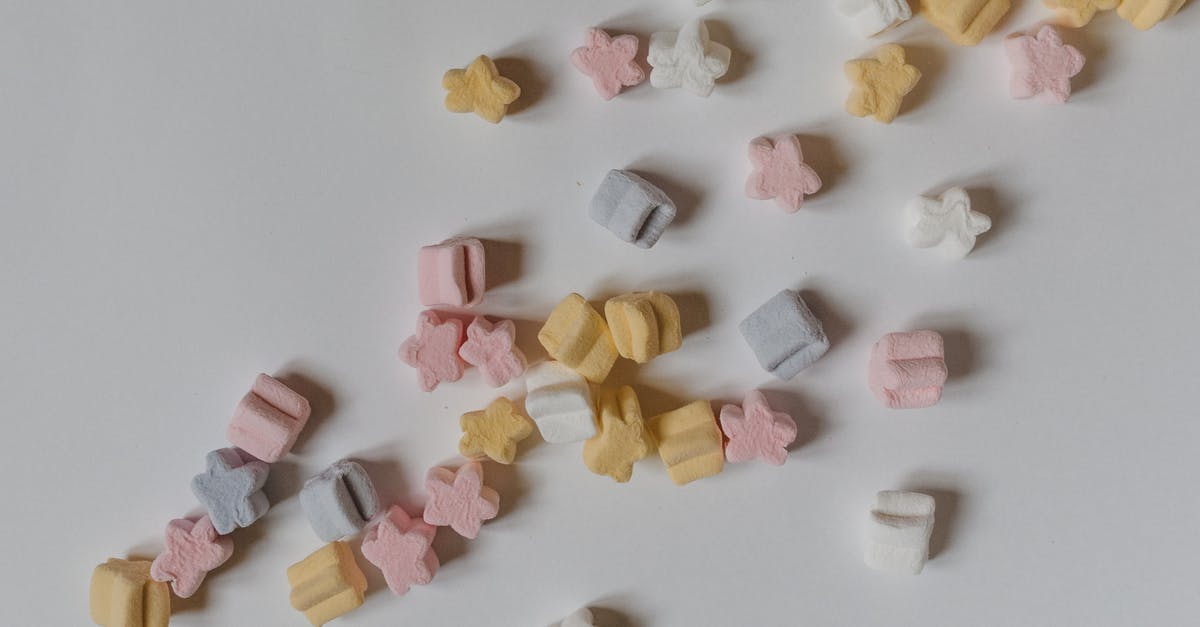Can I make gelatin from bones without beef flavor?

I was looking around on the internet to find out how to make gelatin from bones ( cow bones to be more specific). I found some methods but they mention the gelatin will have a beef flavor. This is a problem for me since I want to use it for making nut cheeses as a replacement for agar and gums. Is there a way to remove the beef flavor from the gelatin? I heard some mentions of using acids but I ma not sure about that...
Additional context:
I want to see if I could make gelatin from a whole cow's carcass which would be several hundred pounds of bones. I wish to use every part of a cow once I have my restaurant business somewhere in the future. Much of a cow's weight is in their bones so I thought making gelatin would be good way to increase profits by using it for other uses such as making nut cheeses. That's why I want the gelatin to be of good quality, yield and flavorless.
After hearing the difficulty of doing this I am abandoning this application looking for other more practical uses for the bones...
Best Answer
Intentions and expectations
Could it be that you have some oversimplified ideas about making gelatine? I think that, if we look closely at what you are proposing, it is not practical at all. The process is very far removed from spending half a day with a kettle and getting the shelf stable powder with reliable gelling properties that is sold in the supermarket.
You seem to want to 1) start with a huge amount of bones, 2) get a similar quality to store-bought gelatine, and 3) even are worried about yield. That already makes no sense - at 250 pounds/113 kg of bones and a theoretical maximum yield of 24%, you are looking at up to 27 kg of gelatine. That's of course the theoretical maximum, and not even commercial producers get that, but still, you will be left with many kilograms of pure gelatine, probably bulked up by the water in which it is dissolved (I doubt you can get it dry the way commercial gelatine is). So you will have to dedicate a full freezer to it, taking up space and consuming electricity until you have made a couple of thousand kilograms of nut cheese and have used it up. Even if you could do this successfully, the cost and hassle is probably not worth it as opposed to buying it in the supermarket, and if you for some reason need these large amounts, you can probably get bulk discounts and store the stuff in a cellar.
That being said, let's get to the process of making gelatine. I will be using this document by Mihai Sebastian as a source, since it is pretty complete without being a full book - if you want to advance with that project, I suggest that you read it. Citations in the rest of the answer all come from it.
There are basically three versions - by boiling, by acid or base treatment, and by using enzymes. The gist of it is that the only one that is realistically doable in a home kitchen is the boiling one, which Sebastian describes as
crude gelatin extracts with poor organoleptic proprieties were prepared by boiling bone and hide pieces and allowing the solution to cool and gel
where "poor organoleptic properties" basically means bad taste and/or mouthfeel.
The process of making gelatine
Preparation of the bone
For all three types of extraction process, you have to start with degreased bone, so-called ossein - that's not negotiable, no matter how worried you are about lowered yield. If commercial manufacturers could remove a cost-generating step and get higher yield at the same time, they would have done it - but they have a reason to do it, since the remaining fat is reducing your gelatin quality a lot, and in ways other than just smell. The process for this step is
the bone material is gently chipped to a cube size of about 0.5 cm anddegreased by washing for 30 minutes with hot water (85-90°C) under strong mechanical agitation. [...] Subsequently, the chipped bone is dried with hot air in continuous driers and then sieved and sorted according to particle size.
So for this step alone, you would need a mixer which can deal with a sufficiently large batch of bones, while keeping the contents heated. I guess you could rig something similar to some homemade sous vide setups, including some kind of mixing arm suspended in the container beside the heater, but that would be already difficult and expensive for large batches (I assume you don't want to process 100 kg of bone in 1 kg batches).
Extraction (choose one from the three methods below)
Enzymatic
I won't call it impossible to do at home, but it is a project of "design and build your own small rocket engine" complexity. You have to be very determined and have a good understanding of lab work (certainly above than what perfect grades in highschool chemistry gives you) and be prepared to invest some weeks in prototyping the process with small batches, then scaling it. Some kind of engineering background will also be needed to be able the debug the problems which will certainly arise in such a complex process. I'll mention only the most obvious showstopper: it requires you to bring a 300 l vat of bones-in-water to a pH of 11 and heat it. I use small amounts of lye at home every now and then (and users from the site always comment how dangerous it is), but when I hear 300 l, my gut feeling is that you have even chances of ending up with gelatin extract or a Darwin award.
Acid or base extraction
You basically corrode away the bones until you are left with a suspension of gelatine plus minerals in your water bath. The engineering complexity remains as with the enzymatic process. The added challenge is that you also have to wait until the process is completed (3-12 weeks) and in that time, recognize and eliminate pathogenic growth. Again, you have to deal with 300 liters of liquid at a very unpleasant pH.
Boiling extraction
This one is not used in industrial production. It is likely what you found described online, and in my opinion, the only process truly suited for home conditions. The result is not very pure though, neither does it have a good yield.
Recovering the extracted gelatine (do all following steps in the given sequence)
Filtration
You now have a murky broth full of all kinds of things besides gelatin. Industrial people use centrifugation and microfiltration here, you probably have to go with some kind of filter of chinois fineness, since I don't know how you will manage to force the solution through something finer. You will probably not be able to remove much of the residual fat. (Ironically, one of the best methods to clear broths in the home kitchen is to add gelatin to them and freeze, then remove the gelatin together with the impurities).
Deionization
You can skip this step if you use the boiling extraction method. For the other two, you neutralize the pH of the gelatin mixture by adding a base if you used acid, or the other way around, and now the salts formed by the base and acid swim in your liquid. I suspect that, even if you chose to create a salt with low solubility, it won't precipitate well because of the gelatin. So, you have to use deionizing equipment. I don't know if home reverse osmosis contraptions marketed for hard water will work well enough - this probably depends on the exact salts you produced.
Concentration, sterilization and drying
I guess that at home, you have to do this simply by heating and waiting for the water to evaporate. I'm not sure how you can make sure that you end up with the proper amount of residual moisture. For 300 l of liquid, you are probably looking at several days of heating, getting it to evaporate without burning it. I suspect you won't easily bring you to the needed dryness, and you have no good way at home to measure whether you succeeded, so, unless you are willing to risk your kilograms of gelatin going moldy soon, you should store it in a freezer afterwards.
Alternative
A quick search on Alibaba showed that they will sell you gelatin starting at around 3 dollars per kg, some of them allow small orders (1 kg) and even low-grade commercial gelatin will be much higher quality than what you can obtain at home. I'm mentioning this because of your "whole cow" comment - for most home users, it is preferable to buy smaller packages locally, even at a higher per-kg price.
Making your own gelatin at home can be a fun science project, but its usefulness is in the area of having played around and learned something. If you have utalitarian goals such as yield, quality, saving money, etc., it is entirely the wrong way to go. Based on all the requirements I read from your question and comments, just go and buy it.
Pictures about "Can I make gelatin from bones without beef flavor?"



How do you make unflavored gelatin from bones?
Gelatin is a protein obtained by boiling skin, tendons, ligaments, and/or bones with water. It is usually obtained from cows or pigs.Can you make gelatin from bones?
Unflavored gelatin should have no taste or odor. It takes on the taste of whatever you make with it. The reason for using it is to create a gel-like consistency. Make sure you don't confuse gelatin with Jell-O, the flavored gelatin snack food.Does gelatin have a taste?
InstructionsBone Broth: Seven Days Of Gelatin, Same Bones
More answers regarding can I make gelatin from bones without beef flavor?
Answer 2
If you parboil the bones for 5 minutes or so and then replace the water it will lessen the flavor of the gelatin.
Sources: Stack Exchange - This article follows the attribution requirements of Stack Exchange and is licensed under CC BY-SA 3.0.
Images: Arina Krasnikova, Arina Krasnikova, Arina Krasnikova, Arina Krasnikova
